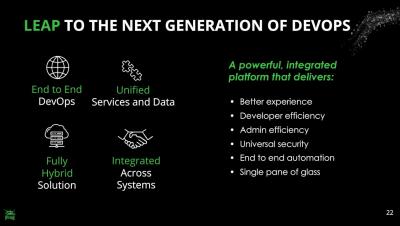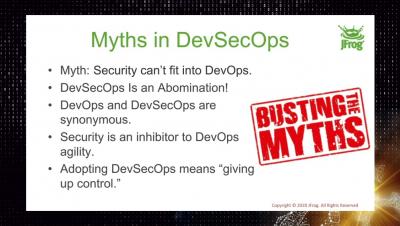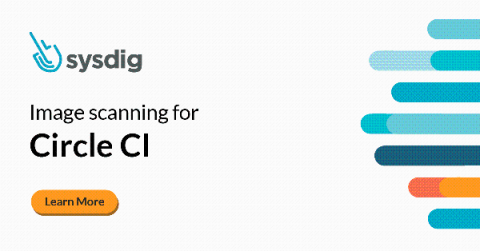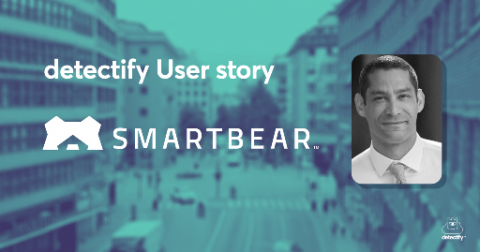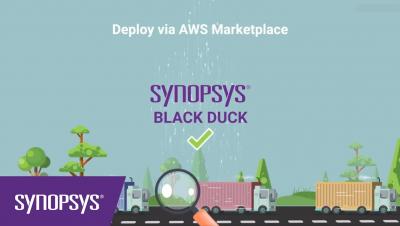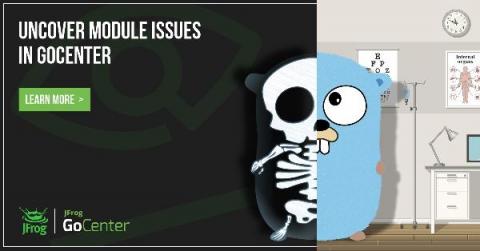Security | Threat Detection | Cyberattacks | DevSecOps | Compliance
CI CD
Block Security Vulnerabilities from Entering Your Code
As continuous software deployments grow and become the accepted standard, security measures gain even more importance. From development and all the way through to production, security requirements should be adopted by all teams in an organization. JFrog IDE integrations provide security and compliance intelligence to the developer right from within their IDE.
DevSecOps Best Practices with JFrog Platform
Security in Go Modules and Vulnerabilities in GoCenter at GoSF Meetup in San Francisco
DevSecOps Best Practices with JFrog Xray
Image scanning for CircleCI
In this blog post, we are going to cover how to perform container image scanning for CircleCI using Sysdig Secure. Image scanning allows DevOps teams to detect and resolve issues, like known vulnerabilities and incorrect configurations, directly in their CI/CD pipelines. Using Sysdig Secure, you can enforce image policies to block vulnerabilities before they reach production environments and fix them faster while the developer still has the context.
M. Loewinger, Smartbear: "Each product has a DevOps lead who manages Detectify and all its findings"
Detectify user story: Smartbear offers automated software testing solutions that help development and testing teams ensure quality throughout the software development lifecycle. Martin Loewinger, Director of SaaS Operators at Smartbear, and his team use Detectify to ensure security is a part of each product CI/CD pipeline, so that they can help their end users with test automation and monitoring.
Black Duck SCA & Coverity Static Analysis (SAST) Integrations with Amazon AWS CI Tools | Synopsys
Customize Xray DevSecOps With Private Data
For some organizations, even the best isn’t quite enough. That’s why JFrog Xray provides a way for you to specify your own additional data, to detect even more sensitive issues in your binaries before they can reach production. JFrog Xray is a tool for DevSecOps teams to gain insight into the open source components used in their applications.
GoCenter Reveals Go Module Vulnerabilities With Xray
Golang developers care a lot about security and as Go modules become more widely used, they need more ways to assure these publicly shared files are safe. One unique feature included with Golang version 1.13 is the foresight that went into authentication and security for Go modules. When a developer creates a new module or a new version of an existing module, a go.sum file included there creates a list of SHA-256 hashes that are unique to that module version.




